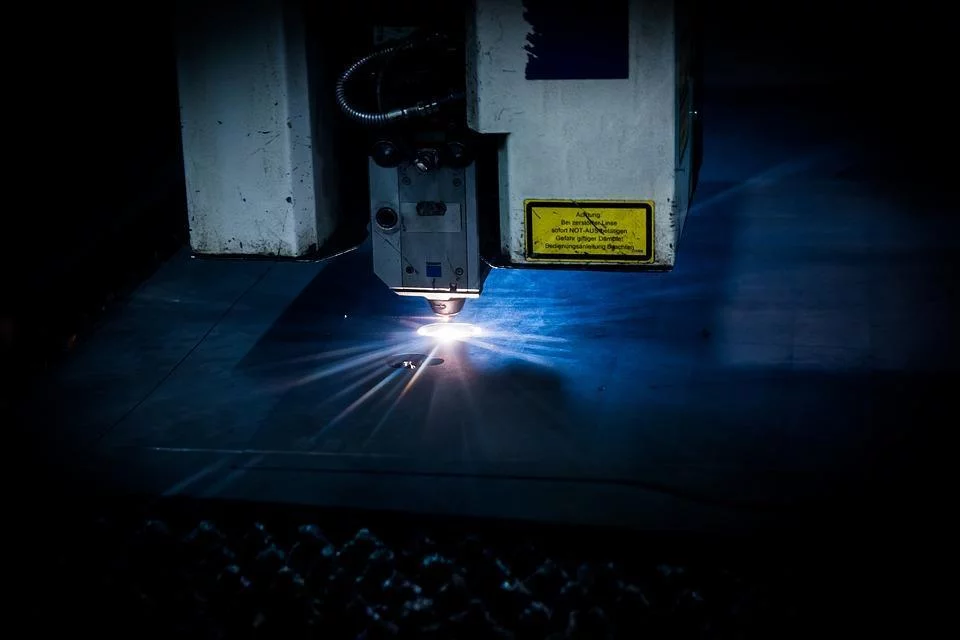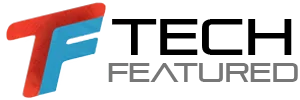What is different marking equipment used for? The basics of work of various types of laser: fiber, gas, crystal, and UV.
Laser Marking Machines: Types and Fields of Use
Since laser systems take such a huge place in today’s manufacture, marking equipment keeps improving and developing constantly. The list of equipment units for laser engraving is quite long, but not all of them are used equally frequently.
The most prevalent types of lasers include fiber, CO₂ (gas), crystal (Nd:YAG and Nd:YVO), and UV lasers. Each laser marking machine has some peculiarities of use. So, let’s take a close look at each of them.
Fiber
Fiber lasers as marking tools are on top if judged by popularity. They produce the beam and enhance it with glass fibers designed specifically for laser beams and equipped with pump diodes that supply the energy.
This method of marking is best applied in large production lines, as it allows manufacturers to mark expiry dates, lot numbers, serial numbers, and other necessary info very fast, making the process more efficient. There’s a great variety of materials, including plastic, metal, and ceramics, that fiber lasers may be used on. Other benefits are minimal maintenance and durability – fiber marking machines provide at least 25,000 hours of work.

CO₂ (Gas)
CO₂ lasers are famous for their great beam quality. Their operation depends on a mixture of gases (containing carbon dioxide) that are stimulated electrically. This makes these lasers rather efficient for fast production lines.
This laser type is universal to use on synthetic non-metal surfaces and organic materials. Being considered as some of the most prevalently used marking machines, CO₂ lasers can engrave and mark wood, glass, rubber, paper, fabrics, plastics, stone, foil, leather, film, and so on. This type of equipment can be easily integrated with numerous applications and requires minimal maintenance.
Crystal (Nd:YAG and Nd:YVO)
Nd:YAG and Nd:YVO lasers belong to the category of marking machines that use diodes to be pumped. These neodymium-doped marking tools have a couple of things in common with the popular fiber lasers. They have equal wavelengths, meaning a manufacturer can use either crystal lasers or fiber ones to engrave the same materials – i.e., plastics, metals, etc.
What makes these two types differ is the fact that the work of crystal lasers is based on pump diodes, which are rather expensive and require regular replacement (preferably, after 8,000 working hours, but the maximum number is 15,000 hours). Therefore, despite being a very efficient type of marking machine, crystal lasers’ employment period is shorter than in fiber lasers.
UV
UV lasers have a specific field of use due to their peculiar properties. These lasers use ultraviolet waves to break the bonds of the material surface. This type of marking tools is suitable for delicate materials as it doesn’t radiate any heat and can’t damage the surface it is engraving.
UV lasers are most commonly used in the spheres of medicine, cosmetics, and pharmaceutics. The UV waves are the most suitable for latex, paper, and plastics, but can also be used on metals and ceramics if needed.
All of these marking machines can be used in any type of manufacturing and are able to create clear, readable designs. Each of them can be applied in a specific field depending on the material that needs to be engraved, the desired design quality, and the manufacturing speed.
